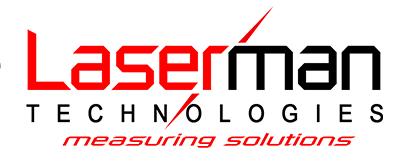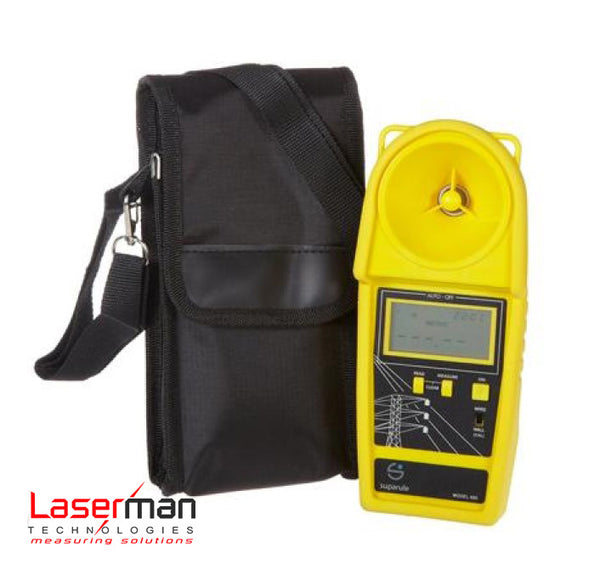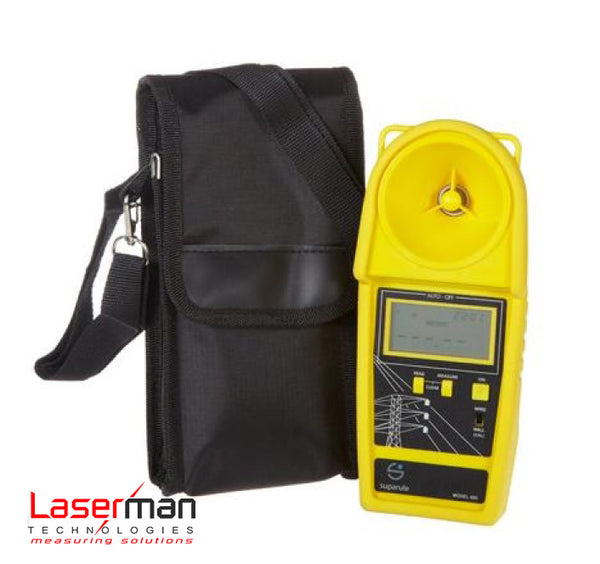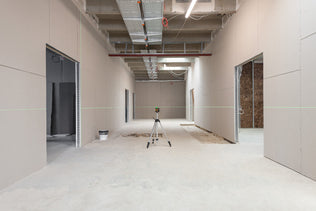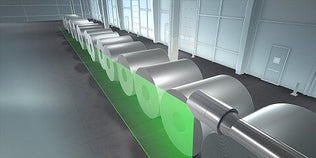Laser-View Technologies is pleased to introduce the new Explosion Proof Enclosure for DIS Sensors (Part #001101). Each enclosure is designed to hold any DIS Sensor QG40N body style.
With its cast aluminum construction and 316 stainless steel base, each enclosure can protect the sensor from hazardous environments including those with open fire and potential explosions. Additionally, it comes preassembled with the DIS Sensor QG40N Sensor of your choice (purchased separately) and an internal mounting bracket.
A few key features include:
- Classified ATEX, CSA, UL, NE Cl1Div1 and Cl1Div2 rated enclosure for hazardous areas (note that ratings apply to the enclosure, not the assembly).
- Manufactured by Laser-View Technologies
- Safe for outdoor/wash down applications
- Complete with an attractive sandblast finish
Typical application includes isolated ignition sources in explosive environments. With these enclosures, you can rest assured that your DIS Sensor QG40N Sensor remains safe and secure.
Explosion Proof Enclosures Protect Laser Sensors in Hazardous Environments
Safety issues are a serious concern for inherently dangerous industrial environments. For hazardous, explosion-prone environments, explosion proof enclosures are crucial for protecting electrical components such as lasers.
Laser-View Technologies designs and sells Explosion Proof Enclosures specifically for Dimetix lasers that are being used in hazardous environments.
They can be used in:
- Chemical plants
- Bulk material handling
- Coal fired power plants
- Waste water treatment plants
- Anywhere other locations where you need sensors to last under harsh conditions
These explosion proof enclosures meet several safety requirements and operating guidelines. It’s important to note that the approvals, compliances, and certifications apply to the enclosures only, not to the Dimetix laser units themselves.
- They are UL, CSA, and ATEX certified
- The classified area housings are rated for both gas (CL1) and dust (CL2) atmospheres
- The container is NEMA 4X rated and engineered as a two-chamber enclosure to segregate laser and power/control components

